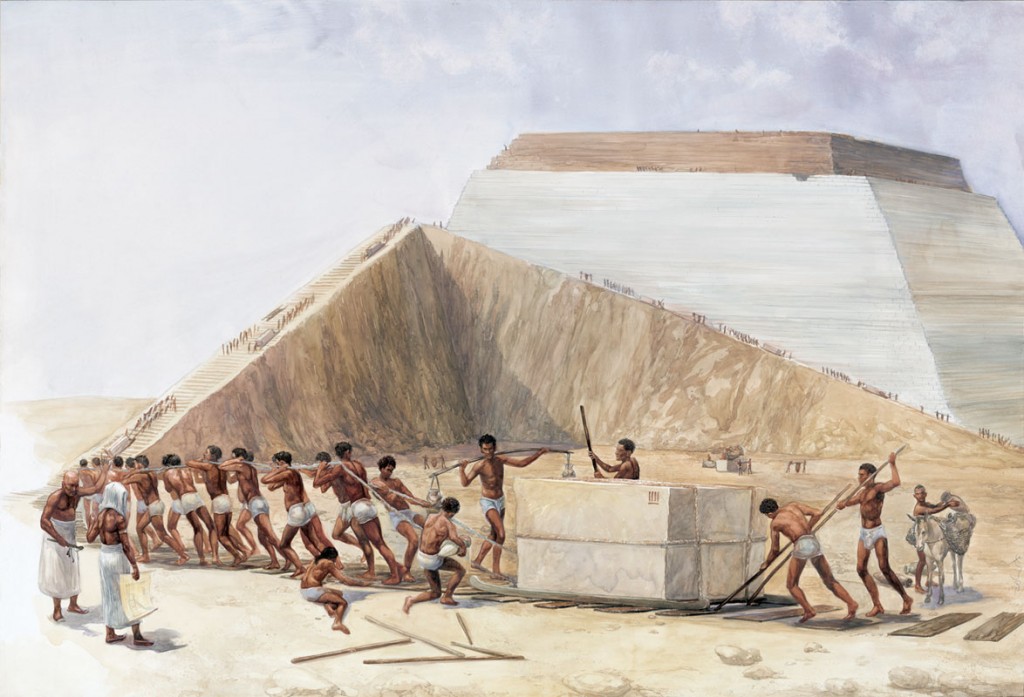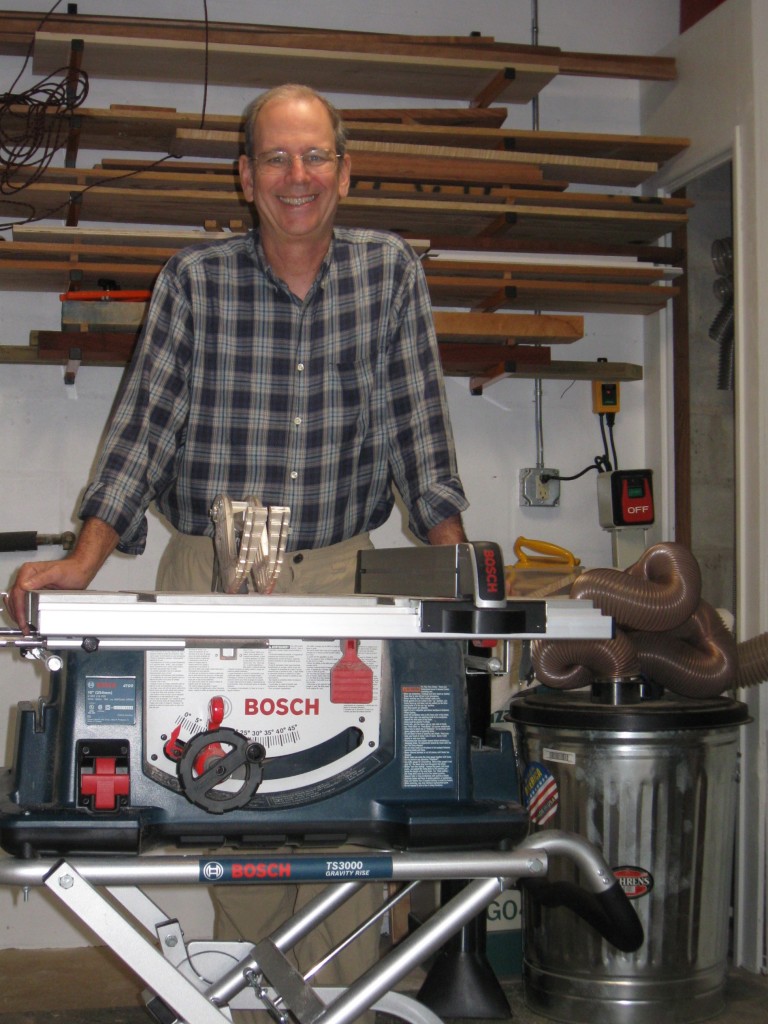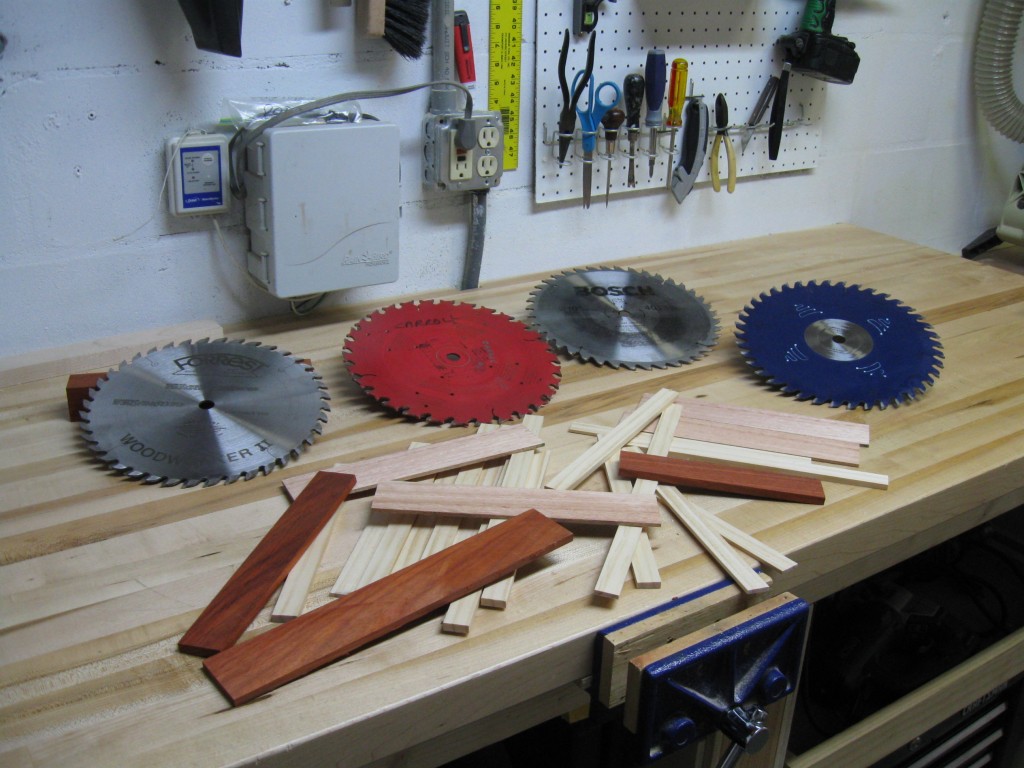One day, I hope to have minions here at Tom’s Workbench. You know, people to go out and do my bidding.
“Saw down that tree and bring me the choicest curly lumber from within!”
“Yes, my Svengali. Your wish is our command.”
Right now, I’ll settle for Iggy not kicking me in the forehead whenever I make a mistake on a cut. I think I may be getting a concussion.
Instead of minions, I have loyal Tom’s Workbench readers who pitch in from time to time. You remember that guy Paul? The dude who we built the home office system for last year? Paul has a neat new Bosch portable table saw that he’s fallen in love with. We were talking about the blades he uses on the saw, and then the thought hit me – Why not do a test of some blades we’ve been using to see how well the cut on a saw with a small motor? If a blade was going to cause a saw to bog down, this would be one of the saws you might expect to do that.
I loaned him a blade I had gotten from my friends at Infinity tools, he got a selection of blades he had acquired, and with his best tool evaluator’s hat on, filed this report. Take it away Paul!
I was working on building a thin strip jig and I was doing a lot of ripping to dial it in. I had some time so I thought I would try out the blades. I tried 4 different models and ripped ¾” southern yellow pine as well as 8/4 Lyptus. All of it was done on my Bosch table saw. The blades used were:
- Stock Bosch 40T thin kerf – To be fair, I only use this blade to cut plywood and pressure treated. It cut OK but left a lot of fuzz and was slow cutting especially on the Lyptus.
- Freud 30T Glue Line Rip full kerf – This is a 4-year old blade that was sharpened about a month ago. It cuts better than the Bosch and leaves a clean edge but it left a bit of burn on the edges.
- Forrest WW II full kerf – This is an almost new blade. It cut fast, clean, and mirror smooth on the edges. There’s a reason everyone says this is a great blade.
- Infinity Super General thin kerf – This was new out of the box. It cut fast, smooth, and clean. The edges were slightly worse than the WWII but, frankly, the difference didn’t matter. This blade cuts really well. Since it fits my riving knife better, this is likely to become my “go to” blade.
The Forrest cuts better but the difference is in no way worth the money in my opinion. Wish I had known about Infinity when I bought my WWII.
There you have it, folks. Thanks for the review Paul. Oh, and he also reports that he now has an overabundance of paint stirrers, so if anyone wants to go to Paul’s house and become his painting minion for a weekend or two, I’m sure he can put you to work!




Thanks for the review Paul.
I think I’m going to have to try one of those Infinity blades.
I like that portable saw too.
Thanks Tom.
And please tell Iggy, Merry Christmas for me.
Iggy’s going to be busy making eggnog all day… But, he sends his regards to everyone! 🙂
The Infinity that is linked is roughly the same price as the Forrest blade at $99. So why mention the difference in price? These are both expensive blades.
OK, Jim, I forwarded your e-mail to Paul.. here’s what he wrote…
At the time I wrote it, I didn’t know that they had both put the blades on sale. When you loaned me the blade it was cheaper than what I paid for my Forrest blade. That’s what you get for using cheap labor.
Hi!
I came across your blog while investigating why my brand new Forrest WWII blade was not working for non-through cuts with Bosch 4100 saw when riving knife is in the middle position. My original Bosch blade was working well with the riving knife in that position, so I was stymied since I really like having the riving knife. I assume that Forrest blade is less than 10 inches in diameter.
Did you find Infinity blade to work ok with the riving knife?
Thanks.